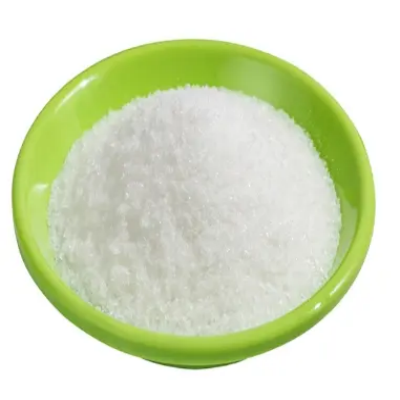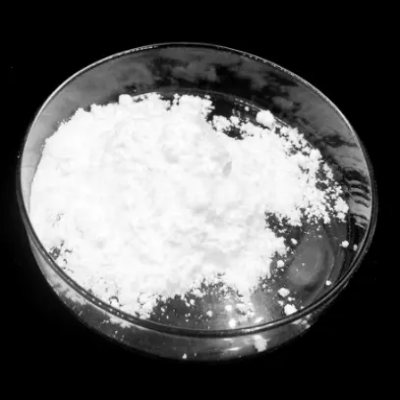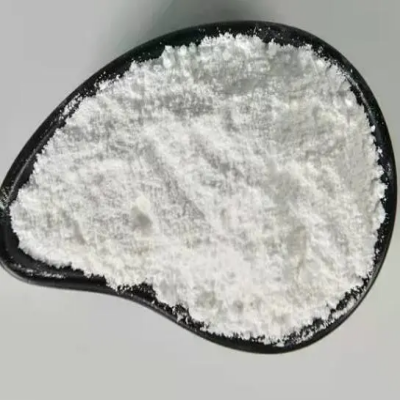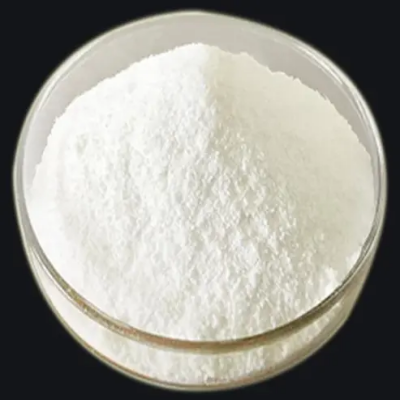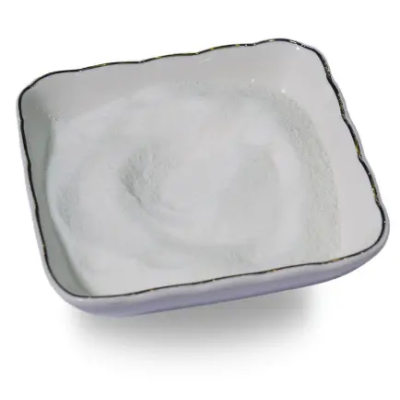4,7-Bis(5-n-octyl-2-thienyl)-2,1,3-benzothiadiazole CAS:1171974-28-9
4,7-Bis(5-n-octyl-2-thienyl)-2,1,3-benzothiadiazole is widely utilized in the field of organic electronics due to its excellent charge transport and light absorption capabilities. One of its primary applications is in organic photovoltaic (OPV) cells, where it functions as an electron donor or acceptor material. The incorporation of this compound into OPV blends can significantly enhance the power conversion efficiency by improving exciton dissociation and charge mobility. In addition to OPVs, this compound is also employed in organic light-emitting diodes (OLEDs). Its thienyl substituents contribute to the overall emission properties, allowing for fine-tuning of color and brightness. The ability to form stable, uniform films makes it a valuable component in flexible display technologies. Moreover, 4,7-Bis(5-n-octyl-2-thienyl)-2,1,3-benzothiadiazole serves as a promising candidate in organic field-effect transistors (OFETs). Its superior electrical properties ensure efficient charge carrier transport, enabling enhanced device performance. Furthermore, ongoing research explores its potential in sensing applications, particularly in the detection of environmental pollutants and biological analytes. With its distinct photophysical behavior, it may also find utility in optoelectronic devices such as lasers and photodetectors. Collectively, these diverse applications highlight the significance of 4,7-Bis(5-n-octyl-2-thienyl)-2,1,3-benzothiadiazole in advancing organic electronic technology.






| Composition | C30H40N2S3 |
| Assay | 99% |
| Appearance | white powder |
| CAS No. | 1171974-28-9 |
| Packing | Small and bulk |
| Shelf Life | 2 years |
| Storage | Store in cool and dry area |
| Certification | ISO. |




